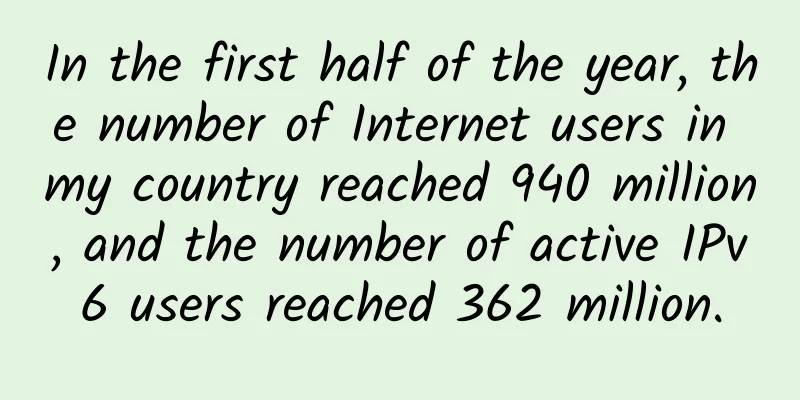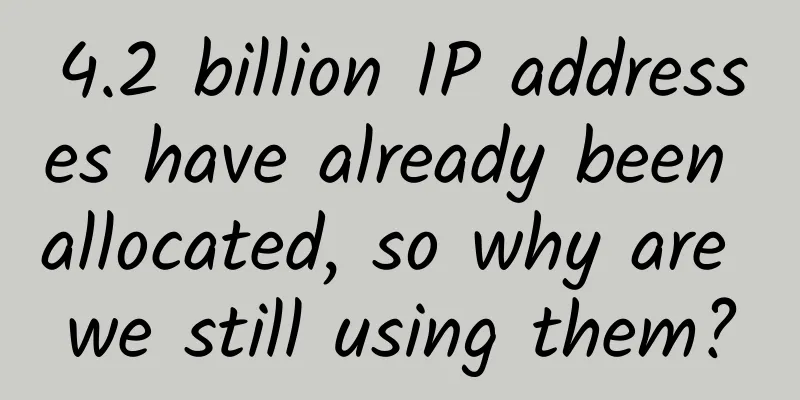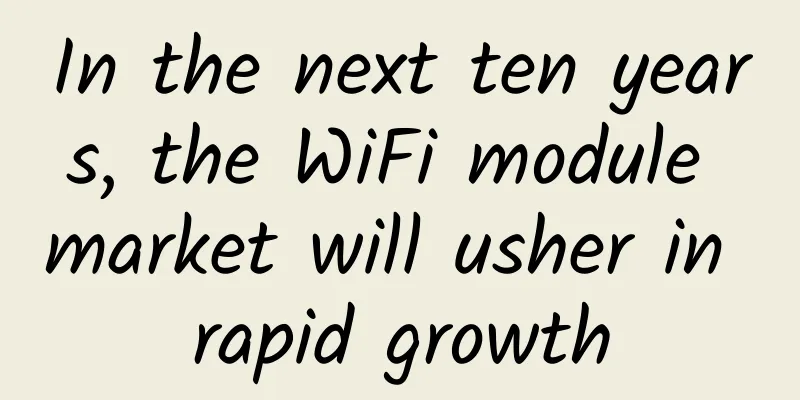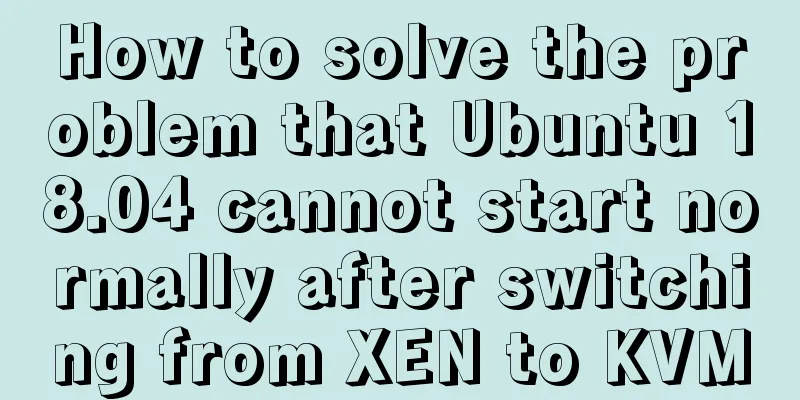Will 5G applications enable hardware storage updates or the expansion of cloud services?
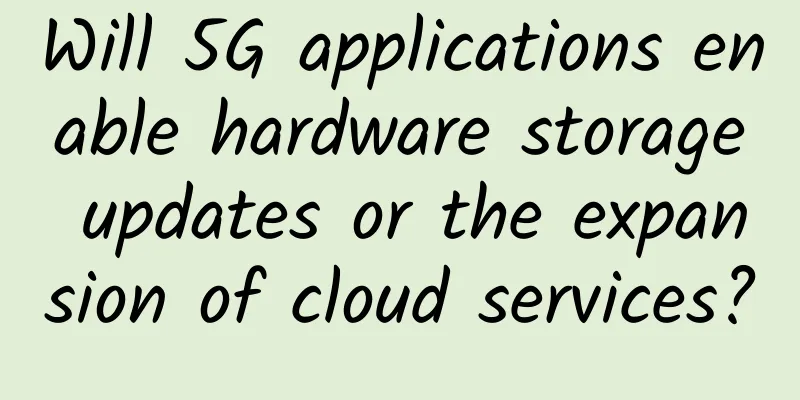
|
As functional evolution and experience improvement have become the main theme of mobile phone development, the size of mobile phone memory seems to no longer be the focus of people's attention as before. However, a recent news released by Samsung has made us pay attention to that small memory chip again.
Samsung recently announced that it will start mass production of 12GB LPDDR 5 memory chips later this month. In fact, Samsung just launched a 12GB LPDDR4X chip at the beginning of this year. Samsung said that the transmission speed of this new chip is 1.3 times that of the previous one, and 44GB of data can be transmitted in just one second, while the power consumption is reduced by 30%. It is suitable for the needs of future mobile phones in AI and 5G. This reminds us of a question: with the widespread application of 5G networks in the future, the volume of data such as videos, games, and application software on mobile phones will become larger. At this time, will the flash memory and memory size of current mobile phones really be sufficient? Will the limitation of mobile phone storage affect the performance of 5G? From mobile phone memory to flash memory, will read and write speeds hinder 5G? To understand this problem, we must first distinguish between the two concepts of "memory" and "flash memory". Usually, the 6G+128G or 4G+64G mentioned in the mobile phone parameters, the smaller number in front represents the memory, which is used to temporarily store some fragmented data generated by the mobile phone system and software running. The number behind represents the flash memory, which is used to store application files, photos, videos and other regular files. From the perspective of memory, with the development of 5G networks, the speed of network uplink and downlink will be accelerated, which is likely to lead to the improvement of the overall picture quality of software, especially games, and will also lead to the increase of fragmented data volume. For example, the volume of a GIF image file may increase from a few megabytes to hundreds of megabytes. In this case, can the size and read and write speed of the memory meet the speed of network uplink and downlink? Will there be a situation where the 5G download speed is sufficient, but the memory read and write speed "lags behind"? In actual tests, the download speed of 5G mobile phones can usually reach 1000Mbps to 200Mbps. Of course, this is under ideal conditions. When 5G networks are officially put into use, the uplink and downlink speeds may be slightly reduced. However, the read and write speeds of several widely used flash storage protocols, such as UFS and eMMC, can meet the download speed requirements of 5G. For example, the theoretical speed of eMMC 5.1 reaches 600MB per second, and the write speed of UFS 3.0 in the test even reaches 1801MB per second. In addition, the conversion between the network speed "Mbp" (Mbp) and the memory read and write speed "Megabyte" (MB) is 1:8, so the current memory read and write speed is fully sufficient to cope with the application of future 5G networks. As for the size of the memory, there is no need to worry about it. Currently, the memory of mobile phones has far exceeded the memory of office notebooks. The new phone launched by OPPO this year has a memory of 10G, which is already larger than the memory of many office notebooks. Of course, as for the further development of memory reading and writing, whether it will involve issues such as mobile phone power consumption or heat generation is a matter for later. Zero flash memory or large flash memory, what will the mobile phone of the future look like? As for the future development trend of flash memory, different people have different views. There is a view that mobile phones will enter the "zero flash memory" era in the future. Because of the application of 5G network, data transmission speed is faster, and the mobile phone does not need to store data locally. Data only needs to be kept in the cloud. All applications will exist in the form of light applications and small programs. In particular, those photos and videos that occupy the most mobile phone memory can also be stored in the cloud service provider provided by the mobile phone manufacturer. Therefore, the flash memory capacity of the mobile phone does not need to be increased, and it may even become smaller and smaller. But many people disagree with this view, because the speed of 5G popularization, actual connection conditions and cost conditions are likely not as optimistic as we imagined. For example, currently 5G mobile phones usually feature 4G+5G in parallel, which proves that it is difficult for 5G networks to achieve highly popular coverage in a short period of time, and the cost of 5G networks has always been an unresolved issue. Even if the cost of 5G remains the same as that of 4G, the amount of data uplink and downlink will be much higher than that of 4G, resulting in higher costs. So according to the logic of "zero flash memory", users may repeatedly watch the videos they shot or play a few rounds of cloud games, and the phone bill will run very long. Therefore, this school of thought believes that the healthiest ecosystem is to continuously expand mobile phone flash memory in the future. For example, we all know that the high transmission speed brought by 5G can improve the experience of mobile games, bring more people online at the same time and larger maps, etc. By increasing the flash memory, the content capacity of the game itself can be increased, allowing more data to run locally, so that "experience improvement" and "data uplink and downlink" can be balanced. Before the 5G ecosystem prospers: hardware update or cloud profit? In fact, what happens between the two viewpoints is actually the initial formation of two "business models". People are eagerly looking forward to the arrival of the 5G era. In addition to the so-called new experience brought by 5G, more importantly, how this technology can create more commercial benefits. Generally speaking, we generally believe that faster data transmission speeds will bring new application forms, and then create a new application ecosystem, using VR, AR or other technical forms to recreate the commercial carnival brought by mobile Internet, as well as IoT and industrial applications related to 5G. But for mobile phone manufacturers and chip manufacturers, which are the direct promoters of 5G applications, they obviously will not wait until the 5G ecosystem flourishes before reaping the benefits. Otherwise, wouldn’t they be taking the risk that “5G has not overturned the current business order of the mobile Internet”? In particular, 5G’s application targets are not only personal entertainment consumption, but also the transformation of industrial scenarios. At this time, it is very important for the promoter to create his own rules and seize the initiative. For mobile phone manufacturers and chip manufacturers, the most direct benefits brought by 5G applications exist between hardware sales and cloud service provision. The increase in cache files/local files brought by 5G means that from mobile phones, PCs to industrial-grade servers, new storage systems need to be replaced. It should be noted that with the continuous growth of mobile phone memory demand, the price of global memory chips has continued to soar for several years. What 5G may bring is the further development of the chip industry. Therefore, it is not difficult for us to find out why companies like Samsung, which have mastered memory/flash memory technology, are constantly accelerating their research and development and launching larger capacity products to the market. On the other hand, 5G applications may popularize "consumer-level cloud services". At present, the main service objects of cloud computing and cloud storage are still enterprise-level users. As for cloud services for individual users such as iCloud, they are not yet mature in terms of willingness to pay and functionality. For users, cloud services are mostly used to back up files or share files between multiple terminals. However, if 5G mainly relies on the cloud to store massive amounts of data in the future, then the situation that may occur in the future is: individual users may need tens of terabytes of cloud services to meet the entertainment functions on the terminal; family scenes may even need to establish a "family cloud" to meet the data transmission and calculation between smart homes. Of course, these two modes are not mutually exclusive, and it is more likely that the two modes will enter the market together. But it is worth noting that China is still catching up in hardware storage technology. If it does not make breakthrough progress now, it may fall behind in the 5G race. |
<<: With the arrival of 5G, will you renew your home broadband?
Recommend
5G brings unlimited opportunities to different industries
The workplace of tomorrow will look different tha...
Maxthon Hosting Hong Kong CN2 Line VPS Simple Test
Aoyozhuji is also a long-established VPS hosting ...
5G construction has not yet been completed, and countries have invested heavily in 6G research. Will my country still be ahead in 6G?
Whoever masters advanced network technology first...
China Construction Information: Friends of Huawei, with friends Huawei
If there is one common demand among governments a...
Aryaka: Providing a global network "highway" for multinational enterprises
Gary Sevounts, Aryaka's chief marketing offic...
WiFi is about to be eliminated again. Downloading thousands of movies in one second is no longer a dream, new Australian research released
The WiFi transmission rate is already fast enough...
HostYun: Hong Kong/Japan/Australia/Russia/South Korea/Los Angeles, etc. CN2 GIA/AS9929 monthly payment starts from 16 yuan
HostYun is a long-established low-cost VPS hostin...
The main tasks of 5G in the 13th Five-Year Plan are determined
[[181279]] Recently, the Ministry of Science and ...
2022 Gartner Online Fraud Market Guide Report is officially released, Ruishu Information is once again selected as a representative manufacturer
In December 2022, Gartner®, a global authoritativ...
In addition to "new infrastructure", what else can operators do for "stability and security"
Solidly carrying out the "six stability"...
The arrival of 5G will trigger a larger-scale patent war, and the market size is expected to grow 120 times
Automakers are battling in court with Qualcomm, N...
The first year has come but 5G commercialization is still slow and is constrained by three major factors
2019 is recognized as the first year of 5G, and o...
5G rumors are spreading, and this time it is India that is hurt
In the past two years, the attention and populari...
Things about UDP protocol
UDP (User Datagram Protocol) protocol, translated...
Huawei Cloud releases three types of six computing instances to build stronger cloud computing capabilities
On December 15, Huawei Cloud held its latest priv...

